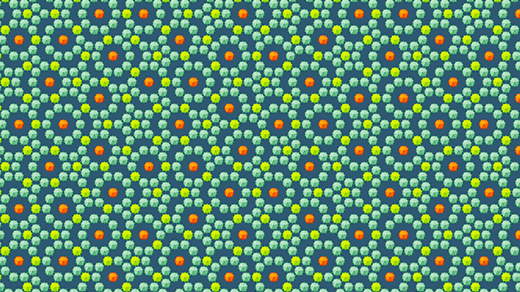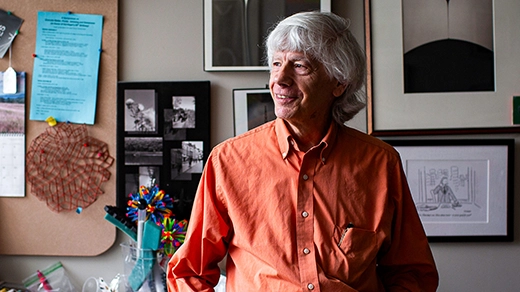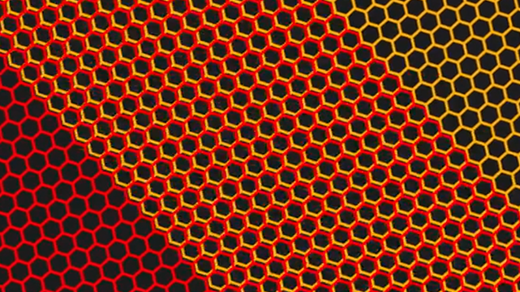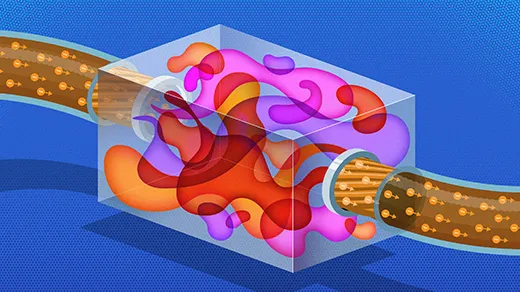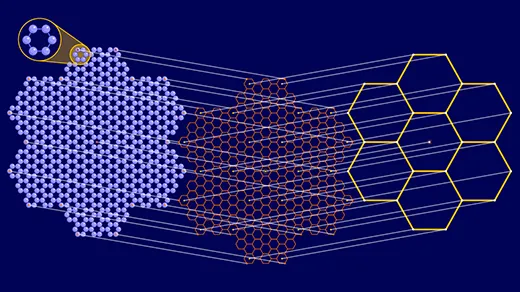What's up in
Materials science
Latest Articles
Quasicrystals Spill Secrets of Their Formation
New studies of the ‘platypus of materials’ help explain how their atoms arrange themselves into orderly, but nonrepeating, patterns.
First Map Made of a Solid’s Secret Quantum Geometry
Physicists recently mapped the hidden shape that underlies the quantum behaviors of a crystal, using a new method that’s expected to become ubiquitous.
Finding Beauty and Truth in Mundane Occurrences
The physicist Sidney Nagel delights in solving mysteries of the universe that are hiding in plain sight.
Exotic New Superconductors Delight and Confound
Three new species of superconductivity were spotted this year, illustrating the myriad ways electrons can join together to form a frictionless quantum soup.
New Kind of Magnetism Spotted in an Engineered Material
In an atomically thin stack of semiconductors, a mechanism unseen in any natural substance causes electrons’ spins to align.
Meet Strange Metals: Where Electricity May Flow Without Electrons
For 50 years, physicists have understood current as a flow of charged particles. But a new experiment has found that in at least one strange material, this understanding falls apart.
Invisible ‘Demon’ Discovered in Odd Superconductor
Physicists have long suspected that hunks of metal could vibrate in a peculiar way that would be all but invisible. Now physicists have spotted these “demon modes.”
Physicists Who Explored Tiny Glimpses of Time Win Nobel Prize
The development of attosecond pulses of light allowed researchers to explore the frame-by-frame movement of electrons.
The Simple Geometry That Predicts Molecular Mosaics
By treating molecules as geometric tessellations, scientists devised a new way to forecast how 2D materials might self-assemble.
